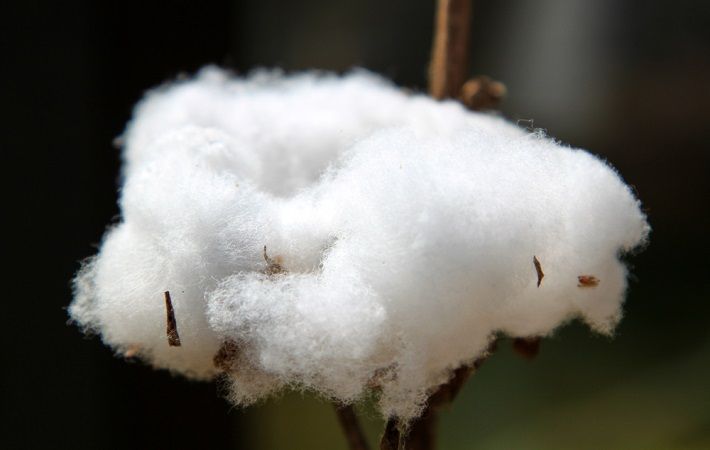
As farmers switch from less profitable row crops and plant more cotton in response to strong prices, the continued expansion in the harvested area will see it rising to about 515,000 hectares (ha) in MY 2022/23, the USDA report said on the basis of assessments of commodity and trade issues made by its staff.
The forecast also assumes that improved weather conditions will prevail throughout the growing season. “The drought conditions experienced in the last MY have somewhat eased with rains during the recent winter; and precipitation amounts this spring are expected to be better than the previous year,” the report said.
The anticipated expansion in area planted in MY 2022/23 will be the second consecutive expansion, as farmers “respond to strong prices, better weather, and a growing sense of confidence from good harvests the past two years. Farmers are encouraged by strong cotton prices as global markets recover from the effects of COVID-19. As in the past two years, farmers are hoping to see solid yields continue, with improved weather conditions and no threats of an extraordinary pest infestation.” Farmers are also encouraged by improved moisture conditions heading into the MY 2022/23 planting season, the report added.
On the consumption side, the report forecasts that the use of cotton in Turkiye will increase to 1.9 million metric tons (MMT) (8.73 million bales) in MY 2022/23, representing a 4.4 per cent increase compared to last season. Cotton consumption for MY 2021/22 is now estimated at 1.82 MMT (8.36 million bales), 1.6 per cent lower than the previous estimate in November 2021.
On the imports front, the USDA report forecasts that Turkiye would import approximately 1.15 MMT (5.28 million bales) of cotton for the MY 2022/23, which is unchanged from the previous year’s estimate. Turkiye’s cotton imports reached a record 555,678 MT (2.55 million bales) during the first half of the MY 2021/22. “With demand for cotton expected to continue to outpace local production, Turkiye is expected to continue importing cotton for years to come,” the report said. The United States and Brazil are projected to be the two leading suppliers for the year.
Fibre2Fashion News Desk (RKS)